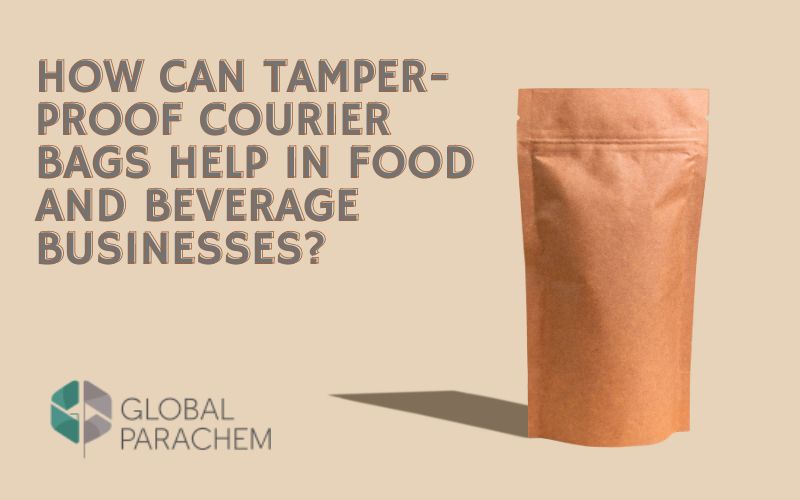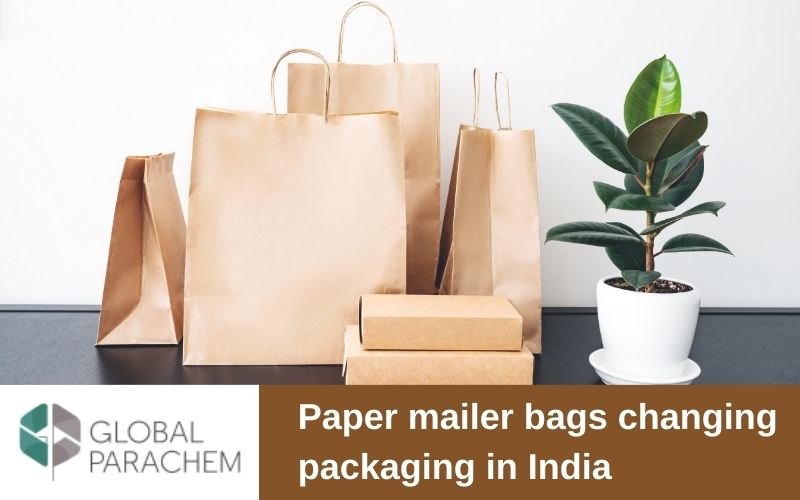
Packaging was borne out of the necessity for us to survive but it has existed and evolved alongside trade and commerce, and grown with every step taken in the evolution of our civilisation. Like every industry, packaging must keep with the times and tackle pressing concerns that come along. Consumers too are much more aware of the environmental impact their purchases have and even more so of the packaging material used for securing them; the cost of a product is not just seen in terms of its price but also in the burden it bears on the health of our planet. Today, the earth finds itself facing a huge climate crisis and green house gas emissions are the major contributor to rising temperatures across our heating planet. The amount of green house gas emissions an individual, organisation or product emit are summed up by their Carbon Footprint, which is measured in CO2.
Driving, bathing, cooking, and almost every daily activity we perform adds to our carbon footprint and the same goes for packaging. However; there are measures you can take for your packaging operation to reduce its carbon footprint. You may want to know what role packaging plays in reducing a company’s carbon footprint? The answer is a significant one. Packaging is at the forefront of the supply chain, and manufacturing certain packaging products produces CO2, but you can implement a few changes to bring about a significant reduction in your packaging operations.
We’re here to help you adapt to the packaging industry’s changes and grow along with it. You cannot approach sustainability through the outdated lens of packaging. Sure, it’s still important to use recycled materials and reduce your carbon footprint, but that’s not enough.
You can begin by referring to the 3 R’s associated with protecting the environment- Reduce, Reuse, and Recycle; which can be applied to packaging as well.
You need to think about how to become more efficient with your processes, too—so that you’re using less energy and waste at every stage of production. It also entails ensuring that your processes are set up in a way that enables you to use fewer resources while still producing goods of a high calibre.
You can begin by reducing the amount of packaging material you use. This can be done with proper staff training and education, using automated machines and having judicious packaging design that doesn’t waste a lot of material. If you can reduce the amount of material you are using, you’ll cut down your CO2 emissions.
By choosing organic materials over non-organic ones, you can start down the path to sustainability by lowering your carbon footprint. This will lower your ecological impact on the environment and help you to cut cost and on electricity.
Beyond saving on material, see if you can put it to use again. If you can reuse your packaging, you won’t need the same amount of material; which will reduce CO2 emissions. You can always use plastic pallets if you’re considering repackaging your products. Contrary to popular belief, not all plastic is hazardous; plastic pallets are sturdy, reusable and a great alternative to wood. They can also be cleaned easily and used many times over.
Try and introduce recyclable packaging materials in your operations and you’ll be cutting down your carbon footprint significantly. Recycling produces next to no pollution compared to manufacturing and packaging more products. Gummed paper tape made from natural resources like potato starch, and carry bags made from egg shells are great examples of recyclable packaging.
Make sure your products are safely transported and on time, which will minimise returns and reduce the CO2 that would be produced while making deliveries again. Reduce damages during transportation and minimise the amount of CO2 your enterprise produces.
You can also ensure your product packaging is safe and reliable; this will reduce returns, cut down repackaging overheads, and again, use less transport, all of which will translate to reduced CO2 emissions that leave behind a smaller carbon footprint, along with much a better, healthier planet.
The process of manufacturing plastic is responsible for 5% of all greenhouse gas emissions globally, but in reality it contributes more by way of burning fossil fuels that is necessary for processing and producing plastic. You can bring about a change in the material used for your packaging and move to more sustainable options like paper packaging (as seen in the image), it is one of the most sustainable options available because it does not rely on extracting fossil fuels, can be widely recycled and is biodegradable.
At Global Parachem, we believe the future is sustainable and without being sustainable and adopting sustainable packaging; we won’t have a favourable future. Our research and development has enabled us to bring peerless paper protection products into the Indian market for a host of partners and collaborators. If your desire to move on from plastic is being upended by the thought you’ll have to spend more on sustainable packaging solutions: you won’t. You can begin making a change at no extra cost at all; with cutting edge packaging systems that will make the switch cost neutral, improve packaging and increase protection. It doesn’t cost much to bring about significant change, but what’s even better is it doesn’t cost anything at all. With the right packaging partner, you can reduce your carbon footprint and see the change you want to see.




Leave a comment